How to prepare a survey
If you want to correctly prepare a market research, e.g. when launching a new product or measuring customer or employee satisfaction, it is important to ask people (respondents) the right questions. Not only do you need people to understand the individual questions correctly, you also need to be able to interpret the results effortlessly and, most importantly, correctly. It is essential to know how to prepare a survey for your respondents the right way.
Mistakes made in preparing a survey can affect your business fatally due to misinterpretation of your survey results, as misinformation may point you in the wrong direction.
Consequences of mistakes in a survey
It is important to realize that a poorly designed survey:
- may have false negative or false positive results,
- collects erroneous or irrelevant data for your business,
- creates false prospects that will make the survey counterproductive for your business.
Now that we’ve explained the dangers of a poorly designed survey a little closer, let’s take a look at how to build a survey in the right way, using our Survio tool.
Do not limit your respondents
Do not create too many simple closed-ended questions (dichotomous with a choice from two alternatives), which are usually answered “yes” or “no” or in which the respondent chooses from only two options.
In this particular case, you will find out whether they like the orange colour or not, but you do not know if it is the most popular colour for them. It is not even possible to say whether they would choose the orange colour when comparing it with other colours. In addition, the question is asked without any context. The respondent might choose the orange colour when buying a T-shirt, but definitely not when buying a car.
Formulate the questions clearly and grammatically correctly
- No matter what audience you work with, the questions need to be clear, understandable, and easy to grasp. The main reason is to make it easier for the respondents to fill in your questionnaire as well as to obtain clear answers.
- Using simple sentences to formulate your questions is a must. Complex sentences are not recommended.
- Unknown terms and concepts must be avoided.
- It is also not appropriate to use abbreviations in questions, even if they are explained in the beginning of the questionnaire. The respondents will not remember the abbreviation and the constant return to the explanations might discourage them.
- It is of course important to use correct language in a questionnaire and make no mistakes or typos.
Do not use suggestive questions
A very common problem is using suggestive questions in questionnaires, constructed in such a way that the respondent cannot answer otherwise than what is suggested. An illustrative example of a suggestive question can be seen in the picture below. For this question, it is absolutely clear which option the respondent chooses.
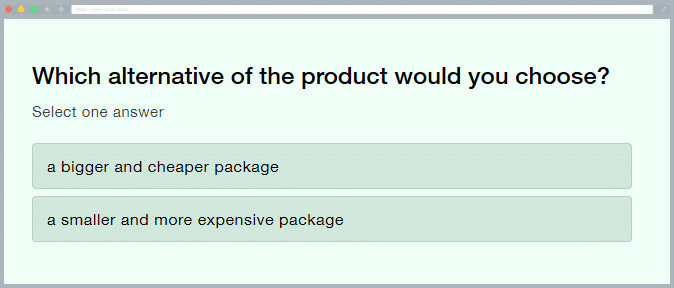
Not only does it not make any sense to ask such a question in the first place, it won’t be possible to use the collected information to make reasonable decisions either.
Try to avoid problematic expressions
Can you interpret what a respondent means when they tell you that they often shop online? The answer stated is “often”, but each person assigns a different value to this word in different contexts. It is also not possible to compare several people’s answers with each other.
Some people consider “often” being once a month, for others it is once a week. For that purpose, it is appropriate to exclude words for which there is no clear interpretation or comprehensibility. Words that are definitely not appropriate to use in questionnaires include: often, occasionally, little, sometimes, rarely, etc.
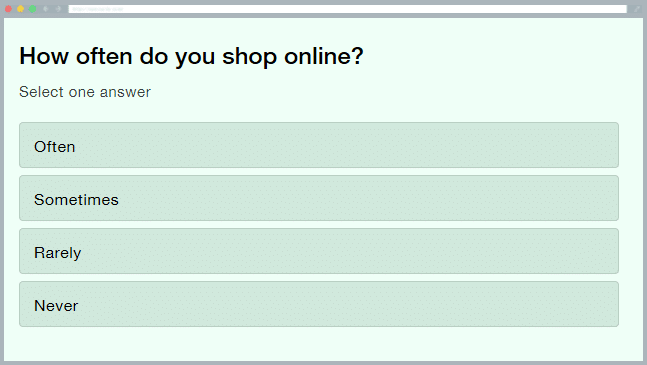
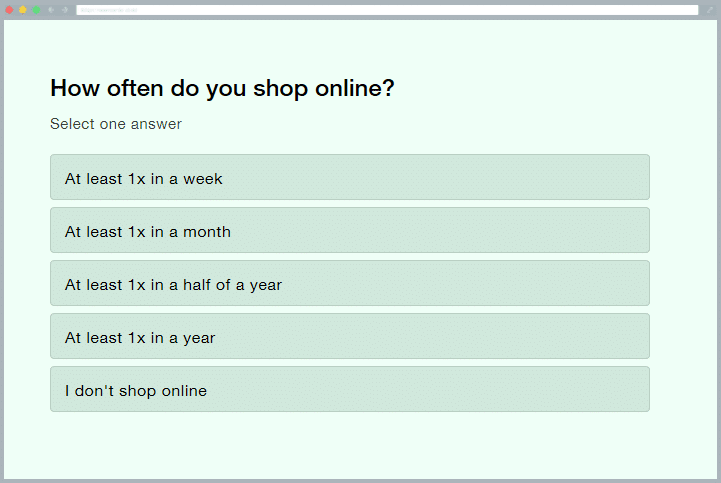
Reduce the use of sensitive questions
It occurs very often that you need to ask your respondents very sensitive questions in your survey. Your respondents may not want to answer these questions because it interferes with their privacy too much. A typical example of such an issue is household income. Paradoxically, the answer to this question is a very important parameter against which other answers will be evaluated.
That’s why it is appropriate to reduce the sensitivity of the question. If we stick to the example with income, the sensitivity of the question can be reduced by using intervals. Although some information will be lost, interval questions will often get us a more credible answer instead.

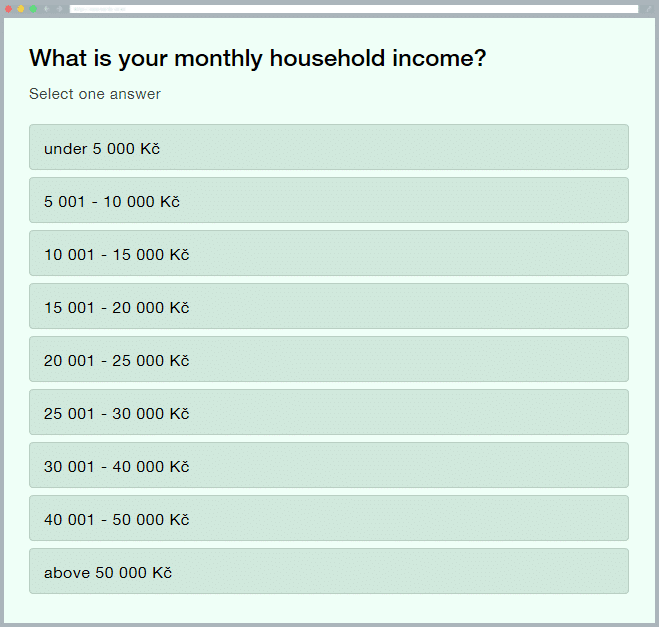
Do not use negative questions
Negation used in a sentence, perhaps in any possible sentence, does not work well for the reader. The same applies to a survey. A question with negation can affect the respondent’s answers as well as significantly reduce its comprehensibility. A typical example might be an exclusion question: “What doesn’t belong” or “What do you not want, prefer, etc.”.
Example of using a negative and a positive question:
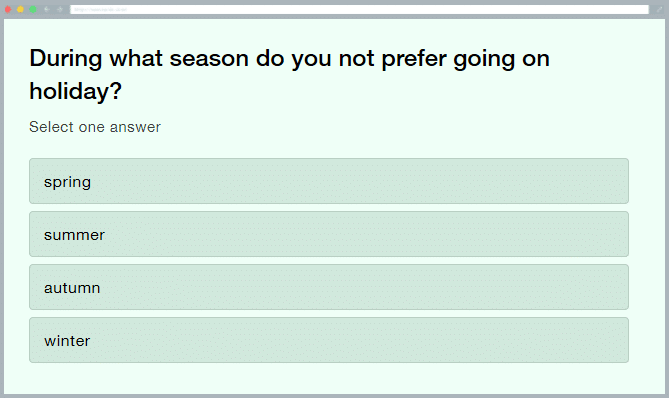
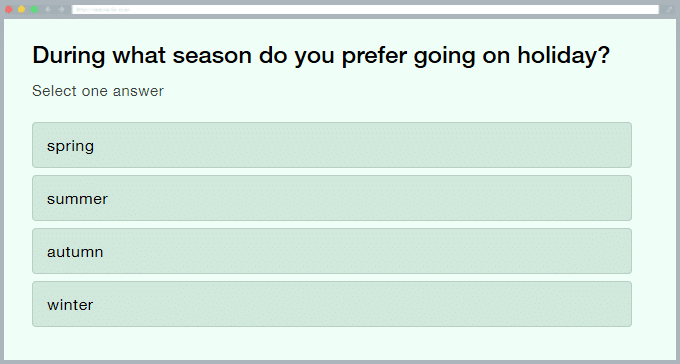
Now you know how to prepare a survey correctly!
We have summarized the basic rules that should be followed when building a survey. Further recommendations regarding building of a survey can also be found in our article “What’s the Right Way to Create a Questionnaire, Part 3—Writing the Questions, Structuring the Questionnaire”.
Also, try to build your own survey with Survio, it’s very simple and fast!
Stay tuned & follow us! Share your questions, ideas or comments with us on Facebook, Twitter or via e-mail!
Create your own questionnaire or survey for free
Setting up your first survey is quick and straight forward. Choose from one of 100 predefined templates or create your own from the scratch. Start getting your first responses in 5 minutes.
Create your own survey




